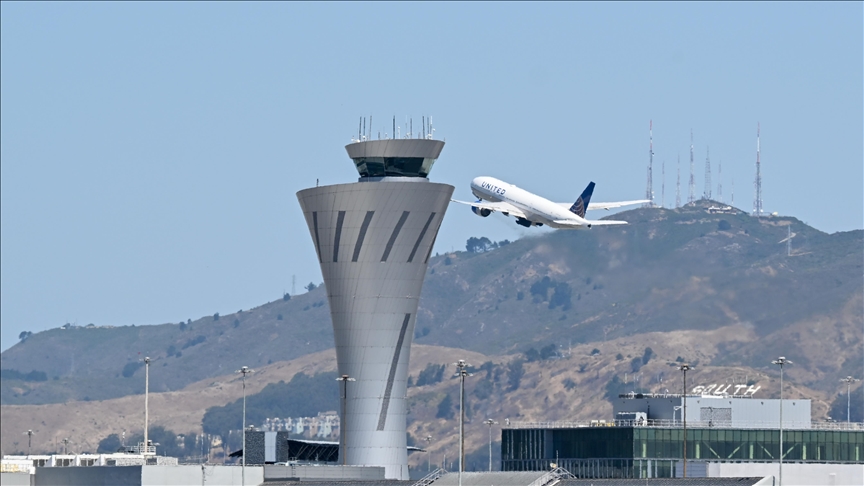Up to 2,000 Feared Dead By Indonesia Quake
The massive quake, measuring 8.7 on the Richter scale, struck the Nias island off Sumatra and devastated the main town, Gunungsitoli, knocking out its airstrip late Monday, March 28, Agence France Presse (AFP) reported.
The epicenter of the quake was located just 200 miles (320 kilometers) from the 9.0 quake last December 26, which triggered killer tidal waves, leaving nearly 300,000 people killed and missing across Asia and Africa.
“We figure there is now 1,000 people dead on Nias,” Erni Ginting, a spokeswoman for the disaster center for Aceh and North Sumatra, told Reuters Tuesday, March 29.
The governor of North Sumatra province, on the main island opposite Nias, confirmed the figure, saying relief efforts had been hampered by bad weather.
“The exact number cannot be confirmed, but it is around 1,000 or it could be more,” governor Rizal Nurdin said in provincial capital Medan.
Indonesian Vice-president Jusuf Kalla had earlier told the BBC News Online “more than 1,000 people were possibly dead” in Nias, adding there were fears the toll could be as high as 2,000.
Waves of Panic
The strong quake sent waves of panic among local residents, forcing more than 10,000 people to flee their homes in Aceh Singkil, which lies on the other side of the epicenter from the outlying Nias island, according to the Indonesian news agency Antara.
The tremor left the town center devastated, with private and public building either cracked or collapsed, electricity poles and supply down, and large cracks appearing on roads and streets.
“Power poles fell and roads were broken. Electricity and fixed telephone lines are dead. Thousands of people have fled to the hills,” Herman Laia, an environment official in the south of Nias, told Elshinta radio, according to Reuters.
And in Banda Aceh, horrified residents – haunted by last December’s massive tragedy — rushed into the streets after the quake.
“We went down to the street and people began to panic. Some people screamed ‘Water! Water! The water is coming again’”, said Yudisia Arafah, a 23-year-old government worker in Aceh.
“When the earthquake happened, I rode my motorcycle to the airport because I was very afraid the tsunami would hit again,” said university student Heri in Banda Aceh, the capital of Indonesia’s devastated Aceh province.
Indonesia, the world’s most populous Muslim country, earlier said that the number of people dead or missing after the December tsunami had went up to some 236,000 people.
The government estimated that 35,000 children have been made homeless, orphaned or separated from their parents in Aceh, where Muslims make up 98 percent of the population.
Tsunami Warnings
Elsewhere across the Indian Ocean, beach-front roads in major resort areas — where tourist numbers are still well down on last year — were clogged with traffic as residents and holidaymakers jumped in any available transport to evacuate to higher ground.
The huge tremor spread terror in western Indonesia, Sri Lanka and coastal parts of India, Malaysia and Thailand, the areas devastated by last December’s tsunami, prompting them to issue warnings of imminent tsunamis but they were later canceled.
Alerts rang out on television and radio, while police and local residents tried to shepherd people to safety away from the coast towards high ground, Reuters said.
“There have been tsunamis recorded as a result of the quake, but apparently they were not destructive,” said Dr. Laura Kong, director of the Hawaii-based International Tsunami Information Center which sent tsunami warnings to Asian countries.
Geological Stress
The 8.7 magnitude quake was reportedly a result of increased geological stress caused by last December’s earthquake, seismologists said, warning of a third big earthquake in the area “sooner or later”.
Like the December devastating tremor, the 8.7 quake was a vertical earthquake where part of the ocean floor was thrust upwards by another tectonic plate pushing beneath it, Geoscience Australia seismologist Phil Cummins told Reuters.
“It appears to be the same plate boundary where the Australian plate is slipping beneath the Sumatran (Sunda) plate,” he added Tuesday.
Cummins warned that a third earthquake was to be expected because geological stress levels would rise further following the latest tremor.
“There is a chance that the next segment further to the southeast could rupture sooner than we expected,” he said.
“But we can’t predict the time. Rather than 100 years it might be 20 or 50 years,” he said, but added it was possible it could be in the next three months.

/cloudfront-us-east-2.images.arcpublishing.com/reuters/TJUGYSA5ZROYZLYYSUGRAIC64E.jpg)

